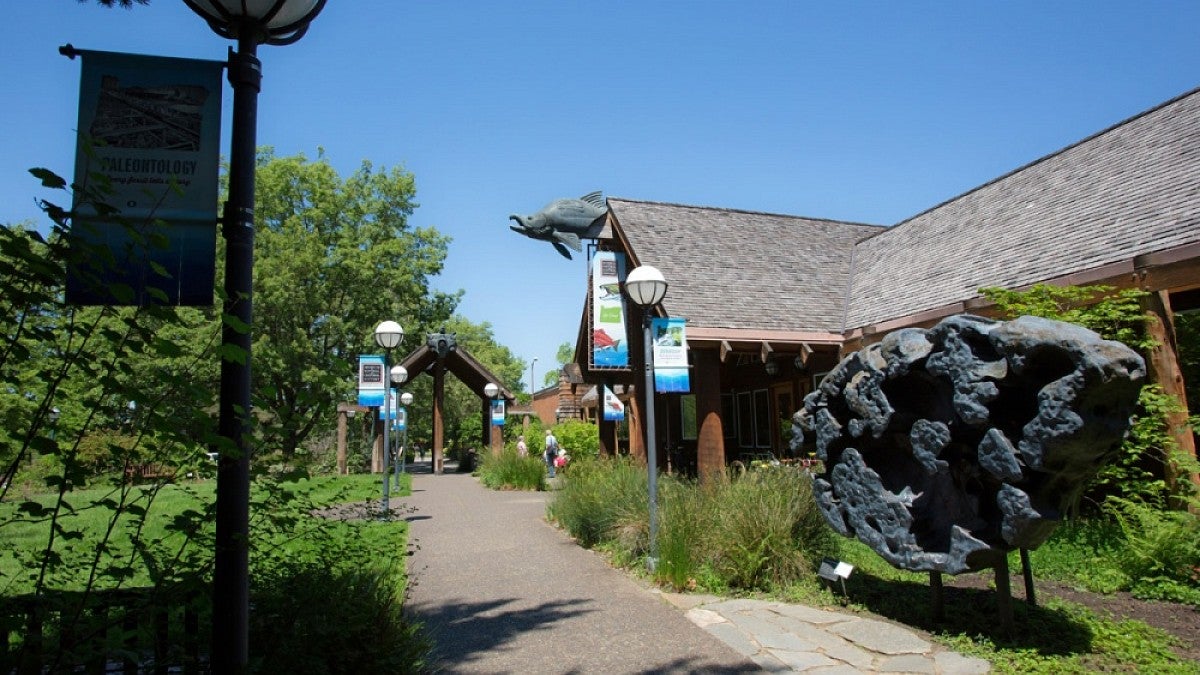The University of Oregon’s Museum of Natural and Cultural History has good reason to celebrate this spring.
Jon Erlandson, the museum’s executive director, announced recently that the museum has achieved accreditation by the American Alliance of Museums. The highest national distinction afforded to U.S. museums, accreditation by the organization recognizes the museum for its commitment to excellence, accountability, high professional standards and continuous improvement.
Nationwide, only 16 percent of university-based museums and 8 percent of natural history and anthropology museums carry this distinction.
“Accreditation is a badge of honor for the museum and the University of Oregon,” Erlandson said. “It means that the MNCH is exemplifying national best practices in research, collections management and education.”
The recent accreditation decision was the result of a rigorous process, begun in 2012, that examined all aspects of the museum’s operations. Organized under Erlandson’s leadership by retired public programs director Patty Krier and Museum Advisory Council member David Piercy, the museum’s accreditation effort included a year of detailed self-study, the development of five institutional core documents, and a three-day site visit by a team of peer reviewers.
After considering the self-study and peer reviewers’ report, The AAM’s Accreditation Commission, an autonomous body of museum professionals, granted the MNCH unconditional accreditation in March 2016.
“The process itself has been extremely rewarding,” Erlandson said. “It provided us with the opportunity to self-assess, refine our vision, and articulate a strategic plan that will guide the museum’s continued growth through 2024.”
Of the estimated 35,000 museums in the U.S., just over 1,000 are currently accredited. The Museum of Natural and Cultural History and the Jordan Schnitzer Museum of Art are two of only seven accredited museums in Oregon.
“Accredited museums are a community of institutions that have chosen to hold themselves publicly accountable to excellence,” said Laura L. Lott, AAM president and CEO. “It’s clearly a significant achievement, of which both the institutions and the communities they serve can be extremely proud.”
—By Kristin Strommer, Museum of Natural and Cultural History


